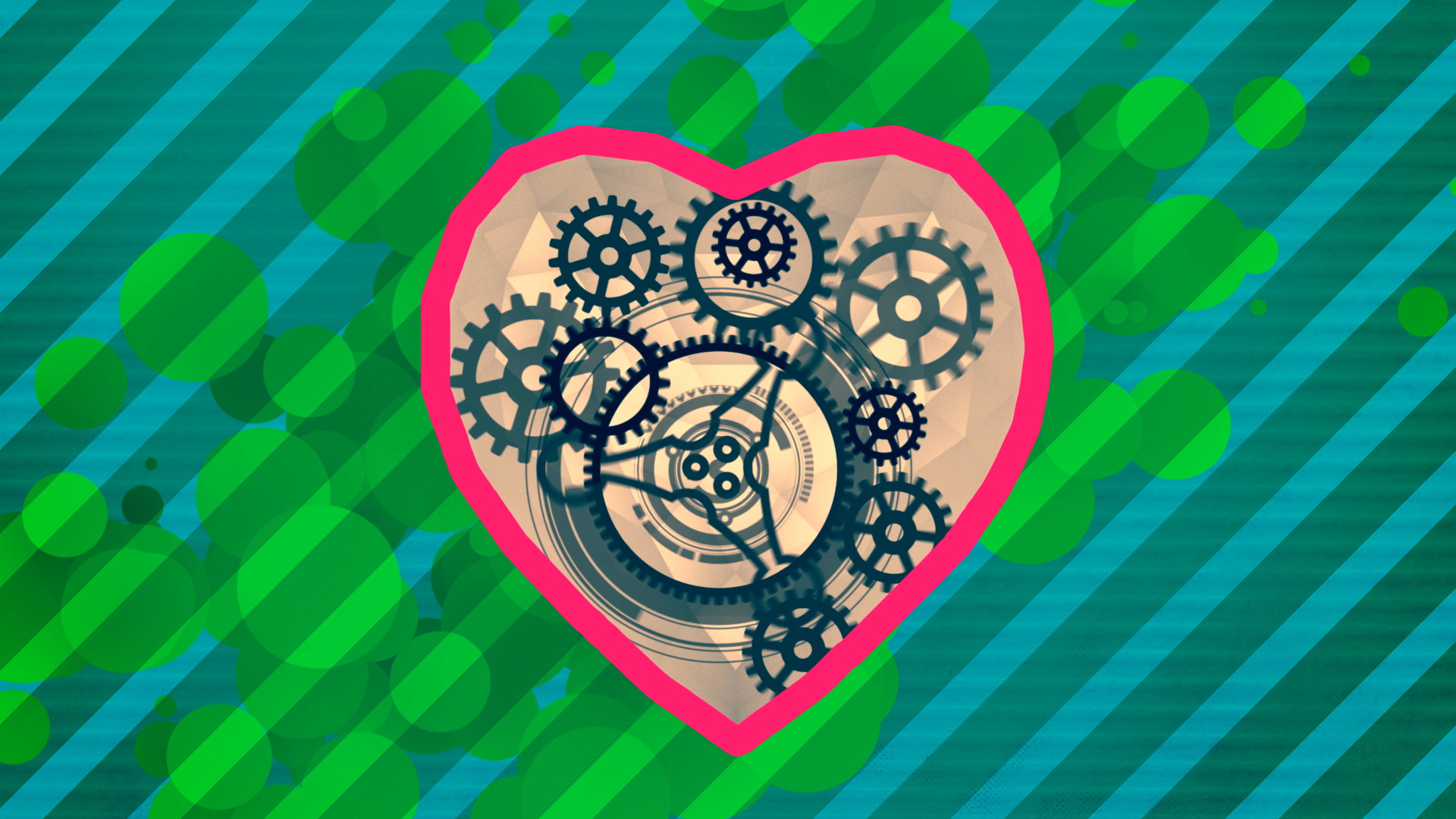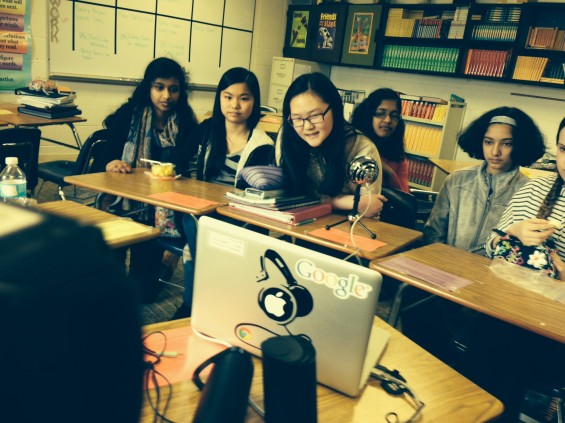
Most popular TED-Ed Lessons of 2013 (Staff Edition)

As 2013 draws to a close, we asked the TED-Ed staff to share their favorite TED-Ed Lesson of the year. Each staff member spends so much time reviewing and working on each lesson, so getting folks to pick just one was quite the challenge!
Here are the top 2013 TED-Ed Lesson picks from TED-Ed staff, along with a range of silly, thoughtful, and personal reasons why these lessons made the top of our list. And don’t forget to tell us: What’s your favorite TED-Ed Lesson of 2013?
Become a slam poet in five steps – Gayle Danley

Biljana Labovic (TED-Ed Animation): I’d heard of slam poetry before I saw this lesson, but since English is not my first language, I never quite understood the rules and structure of it. This animation not only helped me understand the structure better but also got me really interested in the content and expression. Miss Gayle’s passionate voice and Jeremiah Dickey’s stunning animation come together in a perfect union to deliver an unusual but delightful and inspiring lesson!
The Higgs field, explained – Don Lincoln
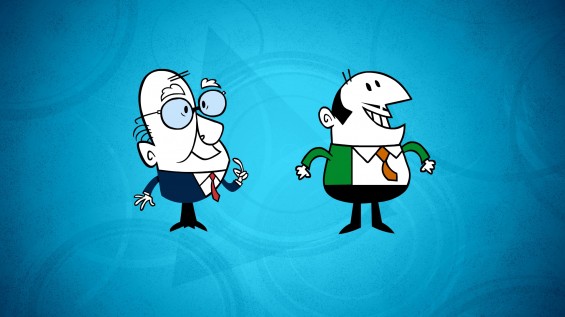
Gerta Xhelo (TED-Ed Animation): This was the first and only time I have truly understood what the Higgs field and Higgs boson are. And, to be absolutely honest, it was only after I saw the animation in progress that I understood it completely!
Are Elvish, Klingon, Dothraki and Na’vi real languages?
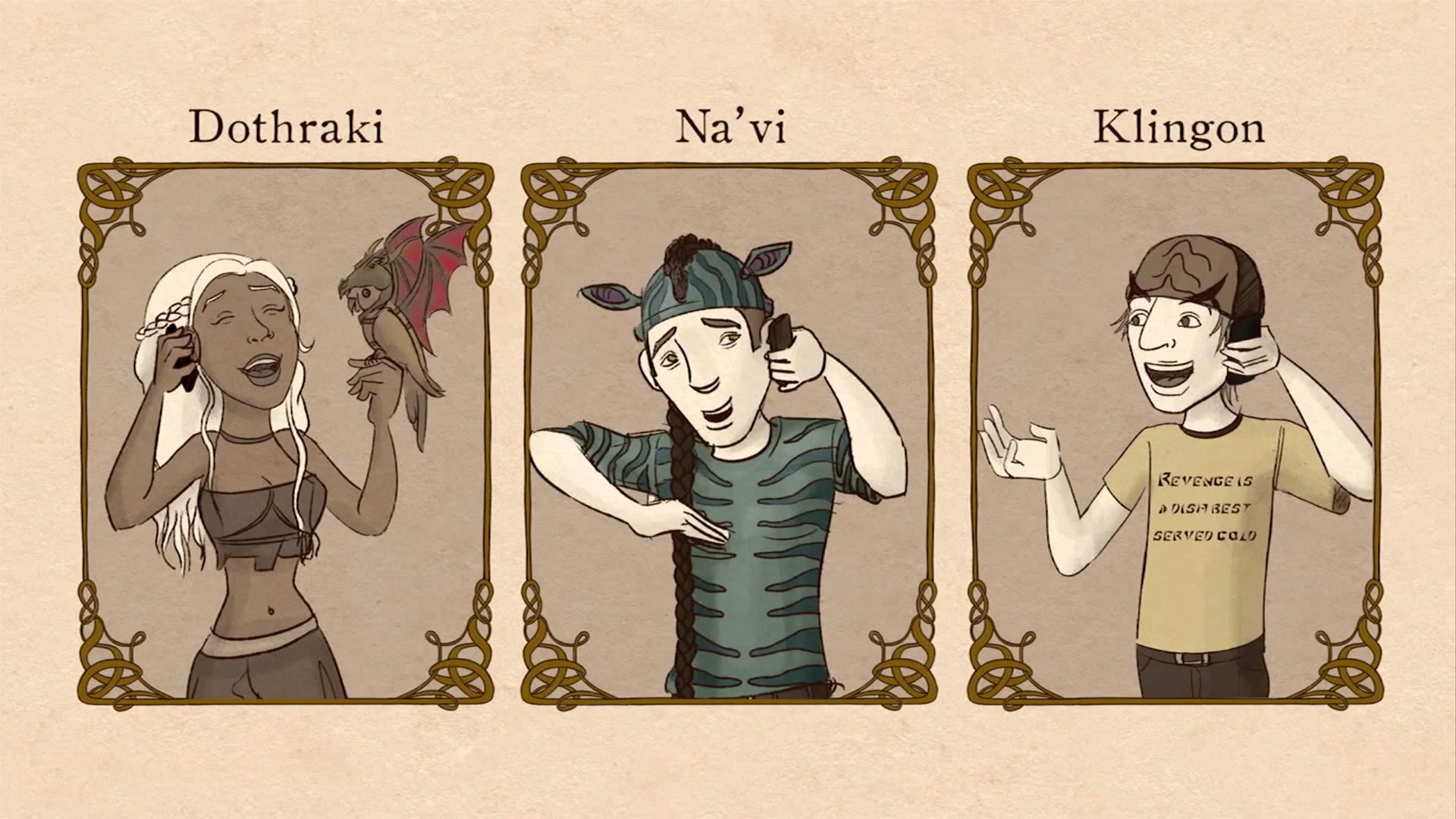
Sara Kladky (TED-Ed Website): I’ve always been a huge J.R.R. Tolkien fan. I think his work, both as a philologist and as an Anglo-Saxon historian, is the most fascinating part of the Lord of the Rings universe. Sci-Fi and Fantasy [literary] works can be powerful dissections of our own reality, and conlangs make them richer and more engaging.
The moon illusion – Andrew Vanden Heuvel

Logan Smalley (TED-Ed): Once a month, a spectacularly full moon gives the impression that it is climbing our horizon and moving across the sky. It looks enormous at eye -level, and then it shrinks in diameter as it rises…or so you might think. As Andrew Vanden Heuvel’s TED-Ed Lesson explains, the difference in “moon size” that we perceive is not only an illusion of the mind, but it is also an illusion that no scientist can fully explain! The Moon Illusion is my favorite lesson of 2013 because at least once a month since its publication, I’ve had no excuse but to look up into the sky and reflect on how little we really know about the universe, and on how full the world is of talented people that can help us know more.
Why is yawning contagious? – Claudia Aguirre
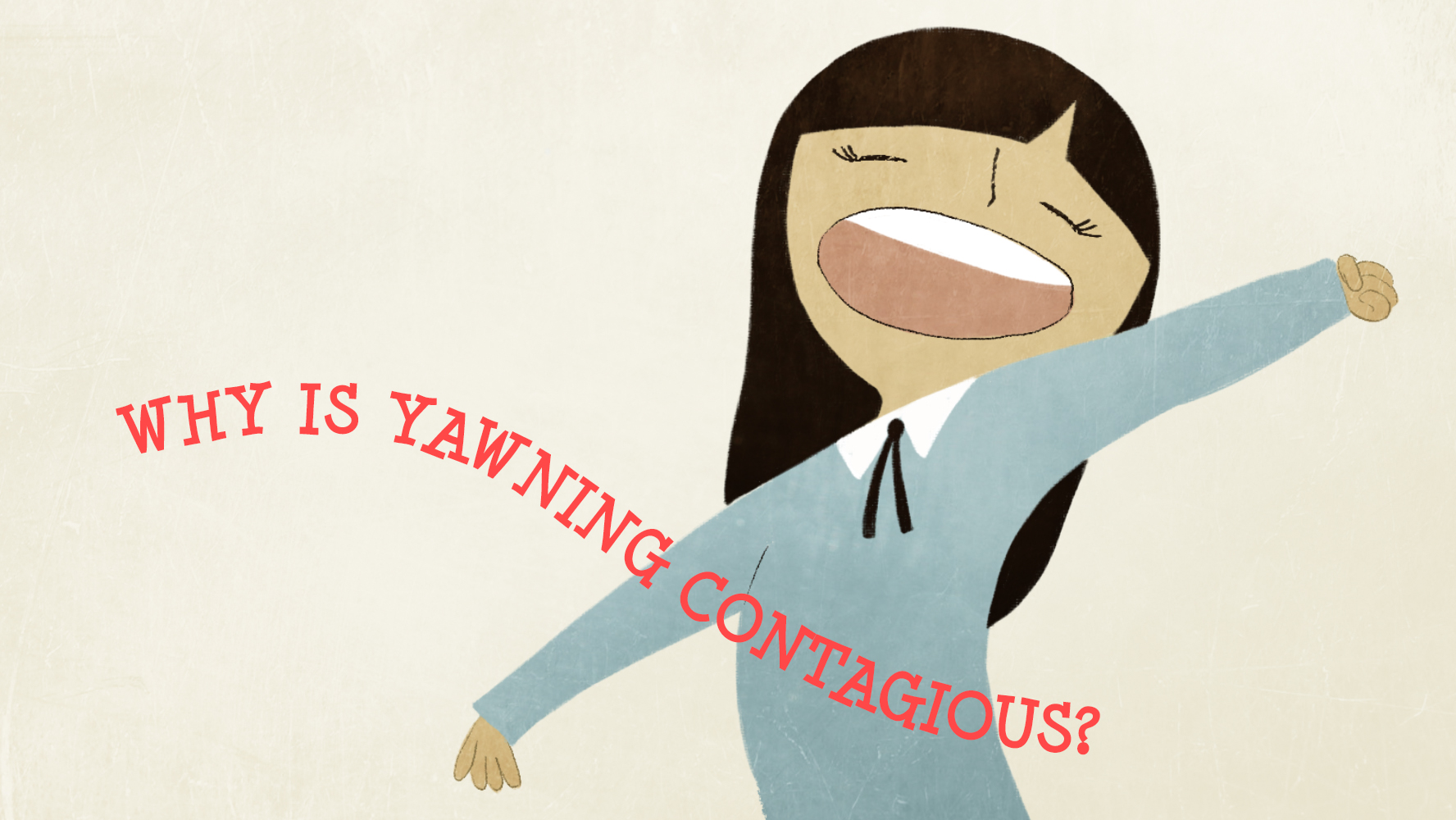
Jeremiah Dickey (TED-Ed Animation): This lesson originated in the TED-Ed Community, when TED-Ed Animation Producer Biljana Labovic suggested it as a topic she would like to animate. It’s a timeless question, and the charming characters who populate the lesson offer us a fun way to explore the material in an interactive way. I must have yawned a hundred times watching this video, which, if nothing else, proves that empathy with cartoons is possible.
Inside OKCupid: The math of online dating – Christian Rudder
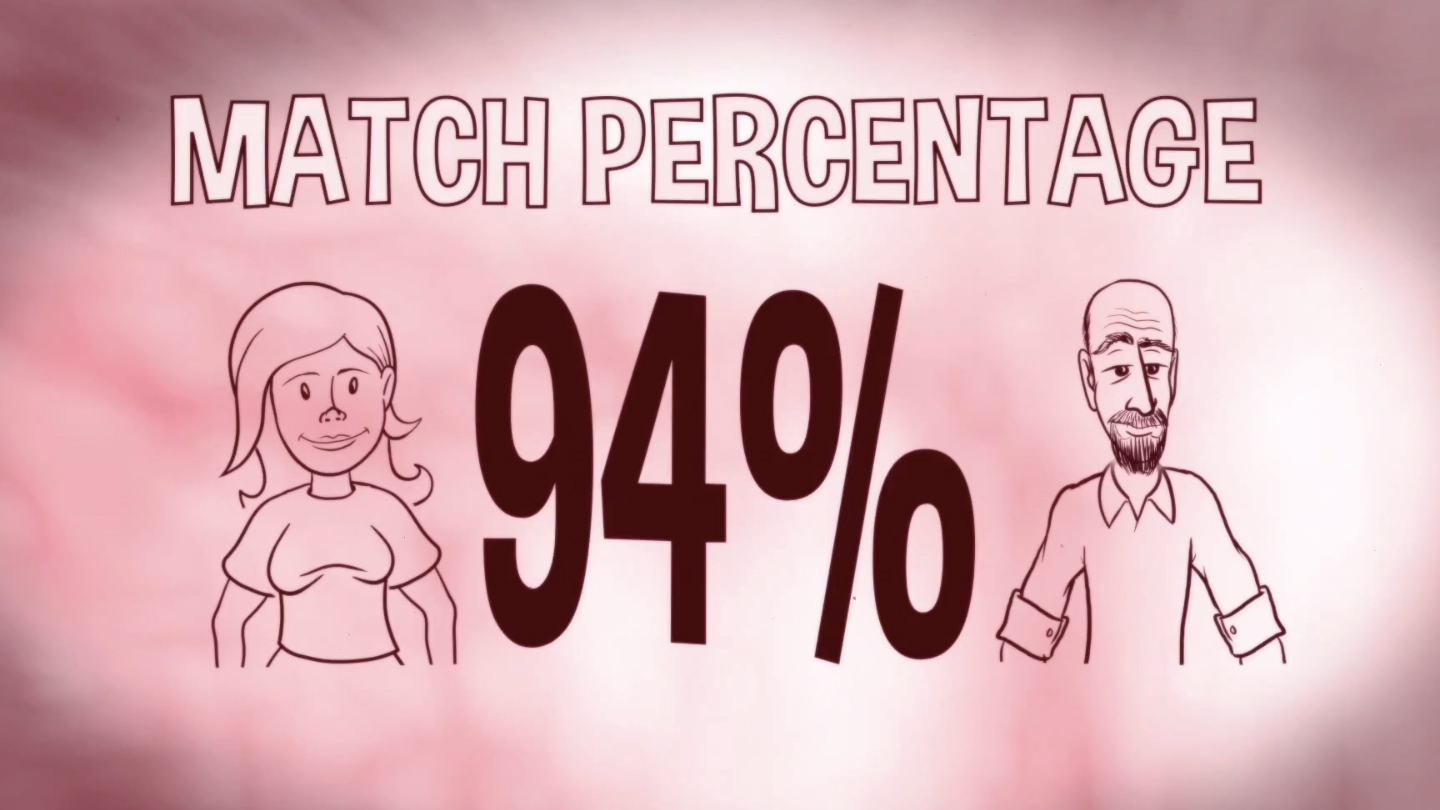
Franz Palomares (TED-Ed Animation): The personal nature of this lesson is why it’s my favorite. A lesson on how the algorithms OKCupid uses to match people up… and it was a love note to my wife whom I met online.
The chemistry of cookies – Stephanie Warren

Stephanie Lo (TED-Ed): The reason why I like this piece is simple–I like eating cookies. But in addition to eating cookies, I also enjoy baking them, and understanding the scientific process behind what makes cookie dough transform into a delicious cookie reminded me that there are so many lessons to learn in our everyday tasks and activities!
The science of stage fright (and how to overcome it) – Mikael Cho
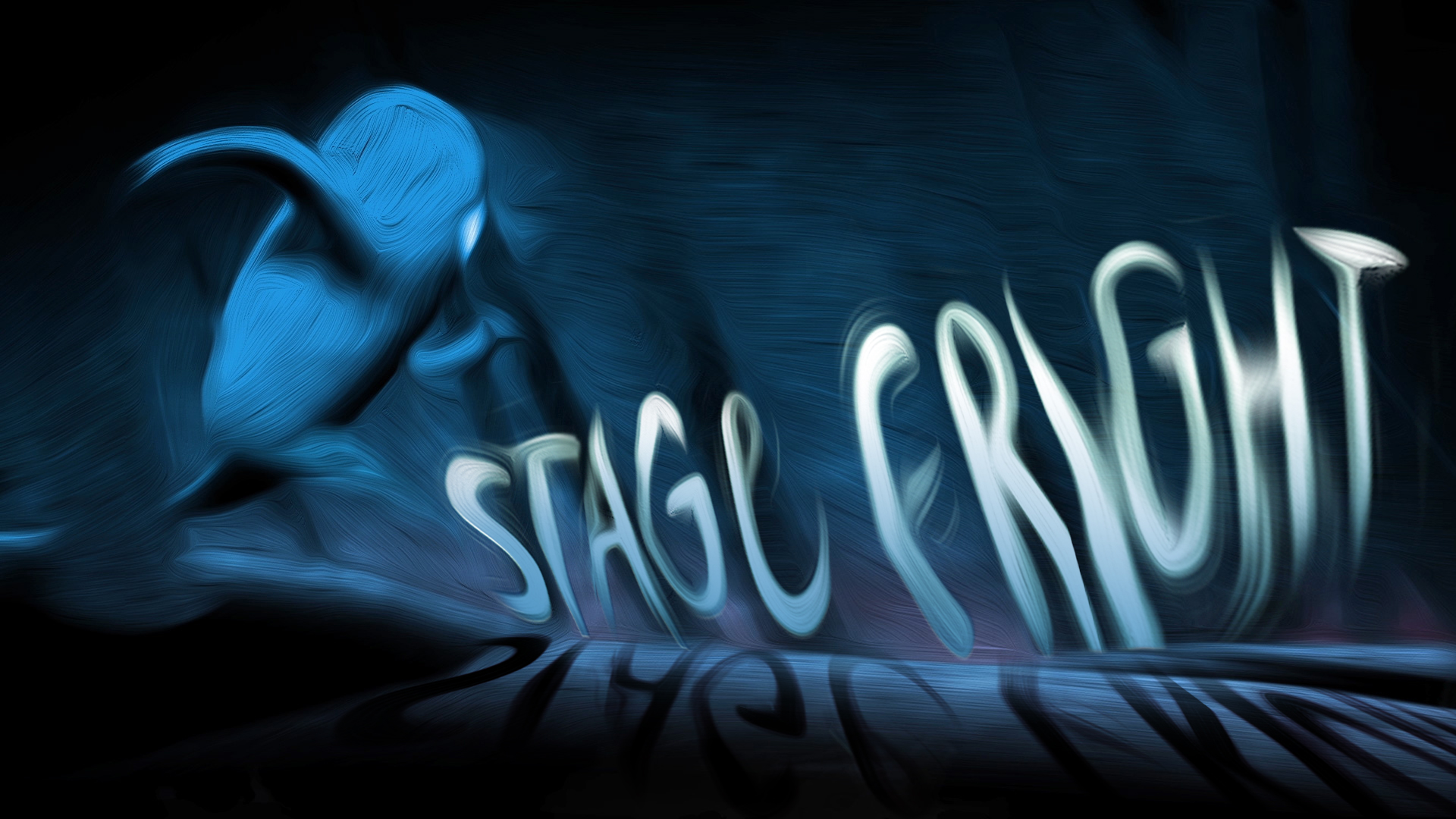
Bedirhan Cinar (TED-Ed Web): This was my favorite TED-Ed Lesson from 2013 because it is a universally applicable lesson. The animation is gorgeous, and learning about the biology behind why we get nervous is fascinating.

Lisa Labracio (TED-Ed Animation): When I watch the Beatboxing 101 lesson, I feel like I am jamming in the van with Beat NYC and Beatsmyth’s mom. When I showed this video to my family of musicians, there wasn’t a single still or silent person in the room. I also love the instant gratification factor – who doesn’t love walking away from a TED-Ed Lesson with a new skill set?
Jordan Reeves (TED-Ed Community): Love is…well…what is it? This lesson helped me attempt what I thought was impossible: to define love. It’s funny, beautifully animated, and incredibly informative. The challenge in my mind continues, however: how do you define love?
How to defeat a dragon with math – Garth Sundem
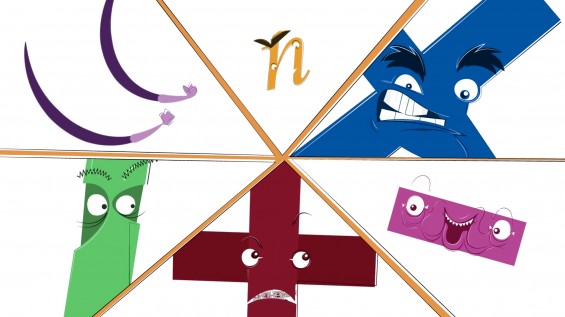
Jessica Ruby (TED-Ed Animation): The lesson skews a bit younger than most TED-Ed Lessons, but it just brings learning math so alive and is so much fun. The story is hilarious, as is the animation, and it teaches PEMDAS, something every student needs to know and understand to succeed in math.
Why don’t oil and water mix – John Pollard
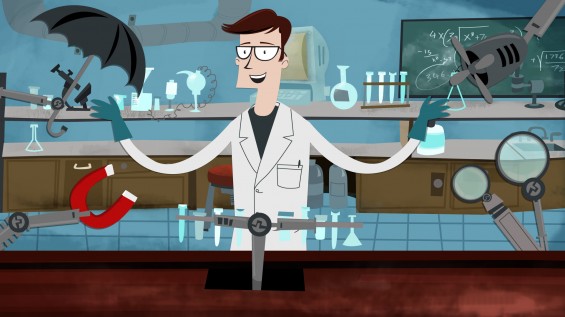
Caroline Cristal (TED-Ed Programs): I like this lesson because the animation does such a good job illustrating a concept that can be difficult to explain. The use of dancing when explaining salt, water, and oil molecules is perfect and is something that is difficult to forget. I often find myself picturing the oil molecules in large ball gowns!
